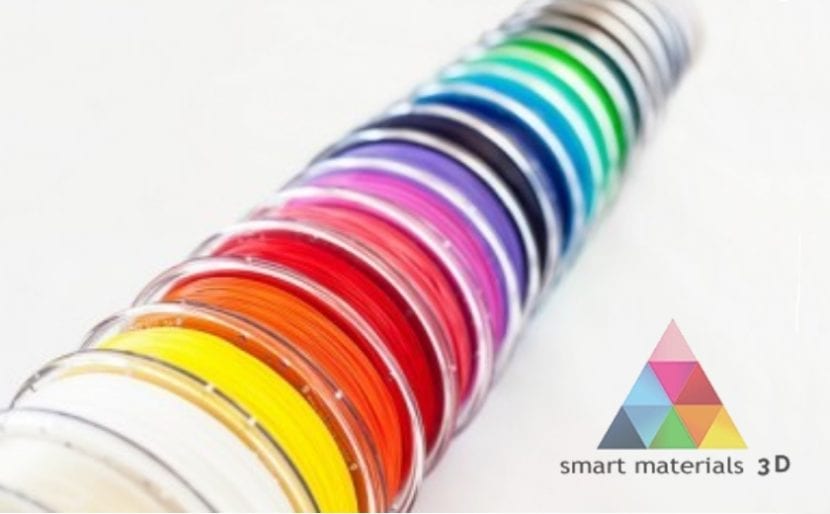
This time we bring you another article by filament analysis in which we have put our expertise and maker skill to the test with an assortment of technical materials from the manufacturer Smart Materials 3D
Smartfil is the name given to the entire range of filaments from the Spanish manufacturer Smart Materials 3D based in Jaen. Having more than a dozen different materials, of which we will analyze your products BOUN, GLACE, PLA 3D850 and EP and we will explain in detail all the details of its use.
La manufacturer's website has a clean and intuitive design and it is easy for us to find all the products. In each material we find a link to a guide / catalog in PDF 38 pages in which they present us with all the materials and the printing temperature. However, we have not been able to find the printing profiles for the main slicers or more technical parameters on the materials.
In the purchase space for each material we miss print temperature, hot bed temperature, and a comparative table on density, elasticity, impact resistance and similar parameters. More than the specific values that a few engineers could understand, for example a score table of 1 - 5 comparing the chosen material with PLA or ABS materials in which most makers have previous experience. However, by contacting the form on the website itself, they will provide us with the information we want, including advice on printing a specific piece.
For this analysis we have used an ANET A2 PLUS printer again. Despite being a machine low range (with a price range below € 200 if we buy it from China) and not getting results of an extremely high level of detail, it is perfect for most materials on the market. It has not inconsiderable technical characteristics; can print up to 100 mm / s, it has bowden type extruder, the hotend can be heated up to 260 ° C, it can print at a 100 micron resolution, dispose of hot base and have one large printing area (220 * 220 * 270mm).
We have intentionally made the prints with a very low infill, we have used supports and we have not used a layer fan. In this way, with just a couple of prints, we can show you how materials behave in extreme situations.
Smartfil Boun filament
This material has some mechanical performance similar to polypropyleneThanks to its flexibility It is possible to develop semi-rigid pieces that are highly resistant to impact, we can obtain pieces with an exceptional finish and with a very pleasant soft touch that is more reminiscent of a hard rubber than a plastic.
It is a very simple material to print since does not need to use a heated base, does not suffer contractions or warping during printing regardless of part size. Due to the high adherence that presents this material in pieces that have a very wide printing base, it will be necessary to remove it by applying water to the base. This filament is white with a hue reminiscent of ivory. In the coil they have a slightly flexible consistency but we will not have jamming problems in the extruder.
Prints between 200 and 220º C and cools slowly For this reason, we recommend a layer fan at all times, although it is only essential in the narrowest sections of our pieces.
The pieces present a certain degree of flexibility and after pressure recover its original shape, perfect for parts that must withstand impacts. The supports adhere well to the part and the material whitens at the point where they are removed.
When using a very low infiltration and not using the layer fan, it suffers when drawing bridges. It is advisable to add some extra layers in the laminator to finish the piece without leaving any holes.
Smartfil Glace filament
This material It is made of a thermoplastic polymer with mechanical properties superior to ABS and PLA, good impact resistance and high flexibility. Without warping so large parts can be manufactured with excellent quality. And the most surprising feature, you can apply a chemical polishing with alcohol in such a way that pieces with high transparency and a completely smooth finish can be manufactured. This smoothing is done with alcohol vapor, similar to the smoothing of ABS with acetone. The brackets are easily removed without leaving any marks and the material cools at a very good speed so we will obtain very good results without using the layer fan. His printing is very similar to PLA.
The coil filament is totally transparent, but as with all transparent filaments, the variations in temperature and flow during printing cause the printed parts are translucent. The best results are obtained when printing a single layer or with the option that some laminators incorporate, the spiral mode or glass mode. Anyway, when obtaining translucent pieces, it is very difficult to capture the finish of the piece in the photos or with the naked eye.
The marketing process includesseveral phases that are reflected below: chemical smoothing We can do it in different ways depending on the characteristics of the printed piece; by direct application with a brush on the outer surface of the piece, subjecting the entire piece to the action of alcohol vapor or the most aggressive way by directly immersing the entire piece in alcohol. Each method will obtain different results, the more aggressive the better the smoothed but less definition.
The piece on the left has been chemically smoothed using alcohol applied directly with a brush. Although being transparent it is difficult to appreciate the smoothing of the piece, the fact that it shines much more implies that its surface is much smoother.
Smartfil PLA 3D850 transparent color filament
It's a filament made of PLA specially designed for 3D printing by Nature Works, it is biodegradable and with a very low thermal shrinkage. Ideal for prints that require high resolution where the details are very small. Its main advantage is its rapid crystallization, which allows very complex parts to be made without support, as well as being able to print at high speeds. This filament does not need a heated bed and has higher mechanical and thermal properties than a standard PLA. This material prints perfectly at 200 degrees and cools quickly so there is no need for a layer fan except in narrower parts. We leave you a couple more photos of the material
Smartfil EP filament
This material se prints at 200 ºC, does not undergo warping and is very easy to machine in order to improve the surface finish. These characteristics together with the fact that it is more rigid than PLA make it the ideal material for those who are dedicated to the art, architecture, deontological sectors, if they make models, restorations, imitations of sculptures, etc ... The manufacturer ensures that It can be painted with any type of paint and an excellent finish is achieved.
The material once printed has a very soft texture reminiscent of a ceramic materialIn addition, when sanding it, we smooth the surface and erase the lines caused by the resolution of each, in the next photo you can see that we have sanded a very specific area of the figure so that you can observe the difference.
However, we have had problems when printing with this material and it has been difficult for us to maintain a constant volume of filament probably due to the poor quality of the bowden extruder that includes the Anet A2 Plus printer that we have used. What is clear is that You will have to perform a couple of tests with the extruder of your printer to achieve a constant and uniform flow. Another important detail is that the filament cools very slowly so it is essential to use the layer fan at all times.
Conclusion about 3D Smart materials Filaments
Analyzing samples of small amounts of filaments with very different properties is always difficult, because you have to consider that in case the part goes wrong, you don't have much extra material to print again.
That is why we have chosen 2 very simple pieces to print and we have printed them in the same way and configuration with all the materials. Although it is true that in this way you cannot see each material in its splendor, it does help you to get an approximate idea of what we can expect from each one of them.
We are pleasantly surprised with the variety sent, each material is exceptional and has unique properties that make them a very interesting selection.
This vase printed with Smartfil Glase laminated in glass mode and smoothed with alcohol would be spectacular. This statue Printed on Smartifil EP and later sanded, it is sure to be an excellent gift for the next Mother's Day. A case smartfil Boun will protect our iphone from the wildest falls ... the possibilities are almost endless and Smart Materials 3D provides us with the material to make them come true with excellent quality filaments.
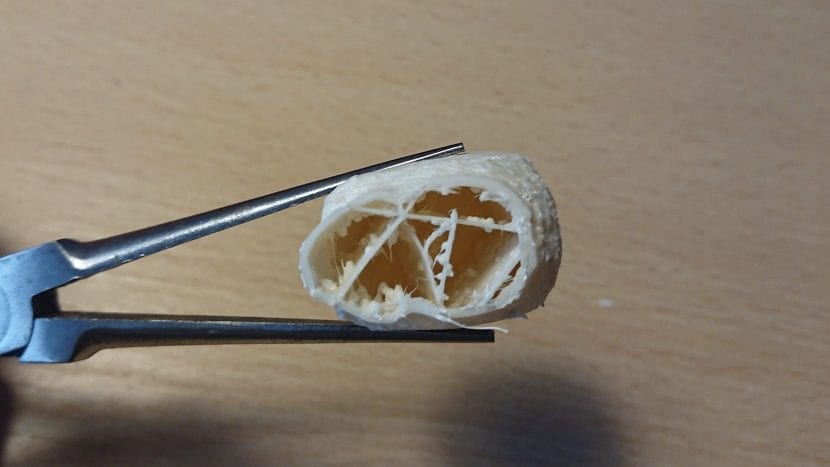
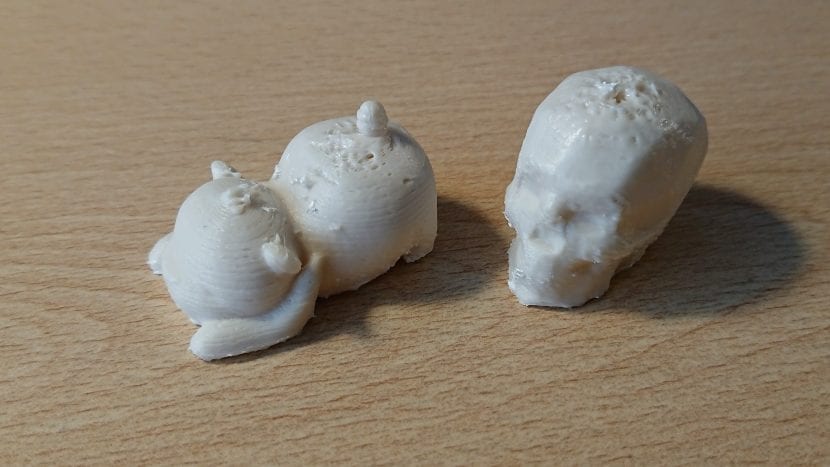
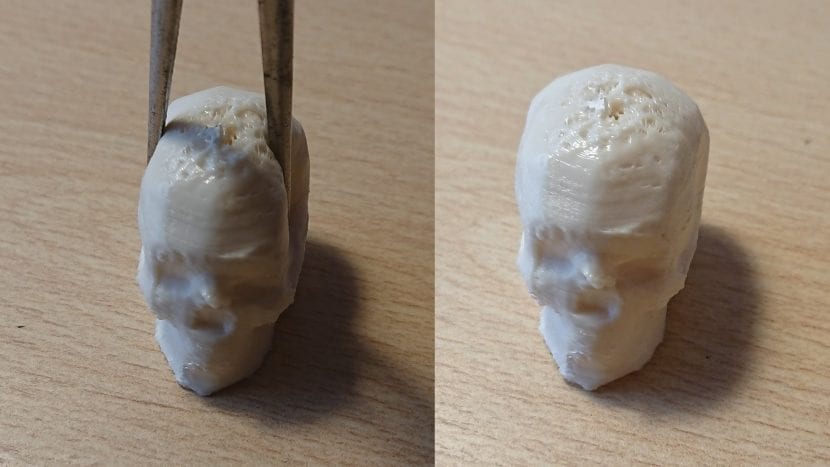
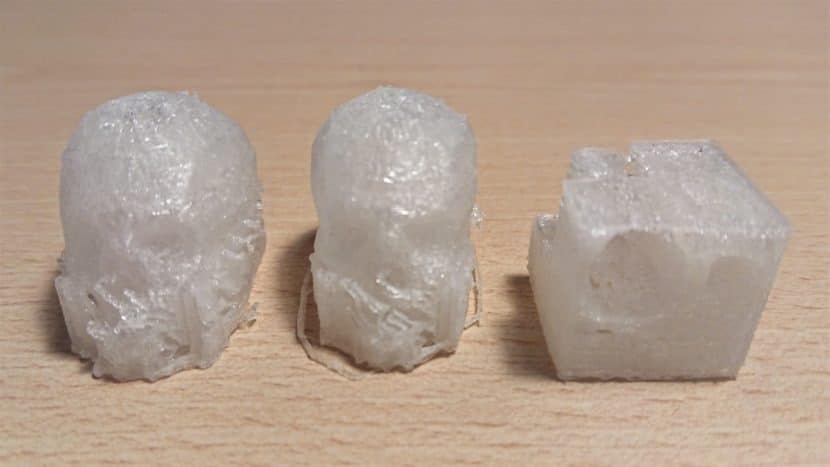
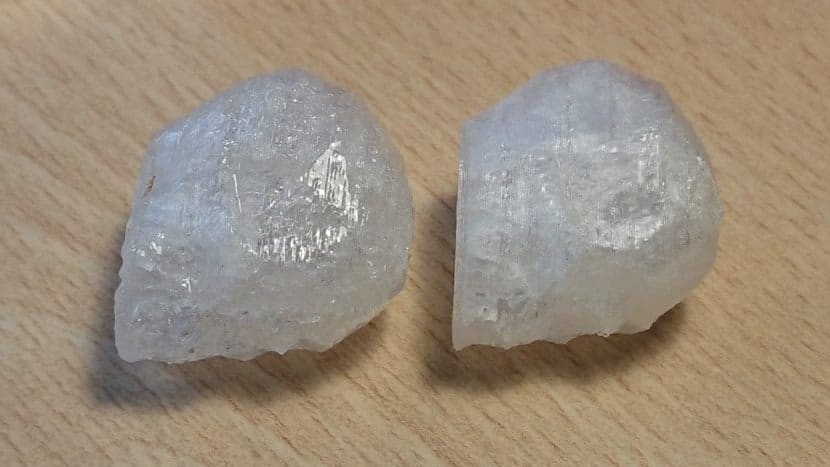
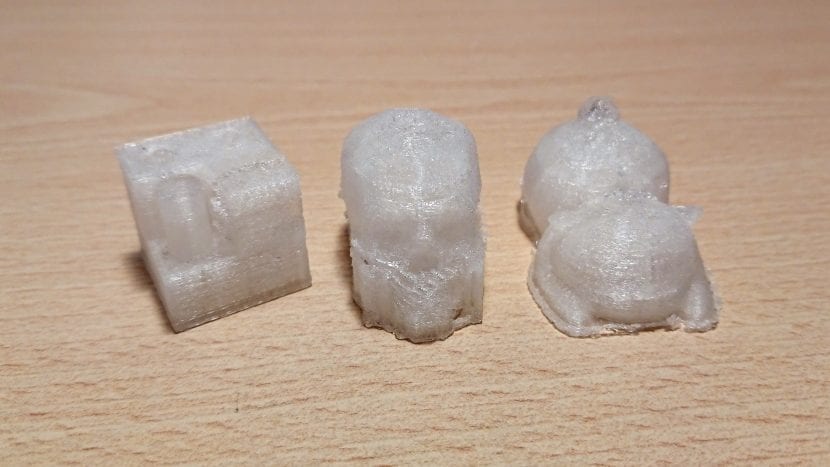

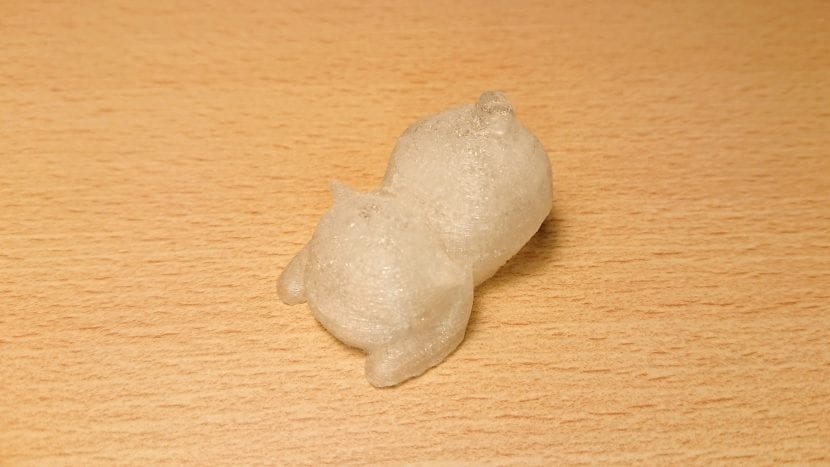
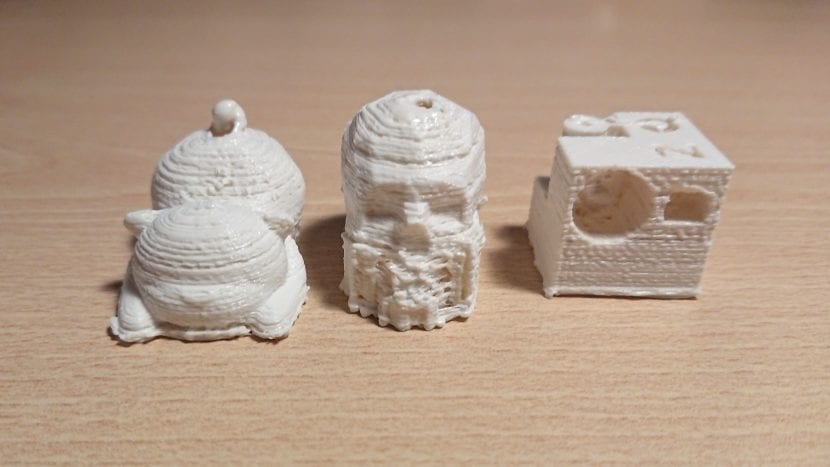
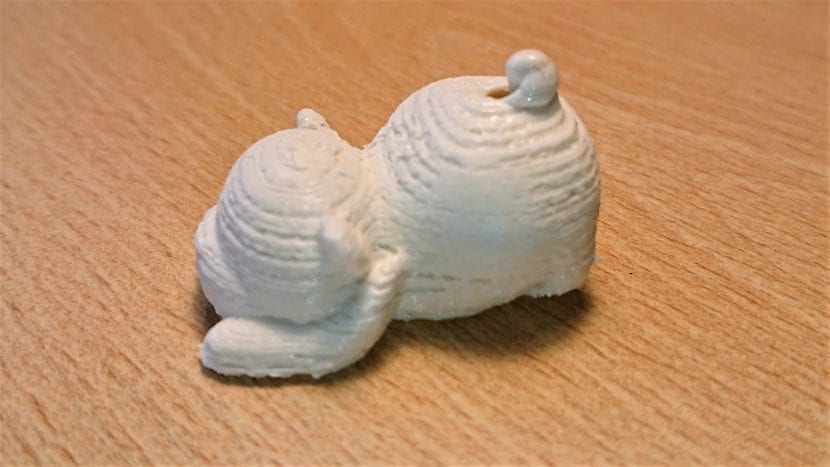
I would like to know about a filament that is conductive of electricity to make 3 D prints and take it to an electrolytic tank, which one do you recommend?